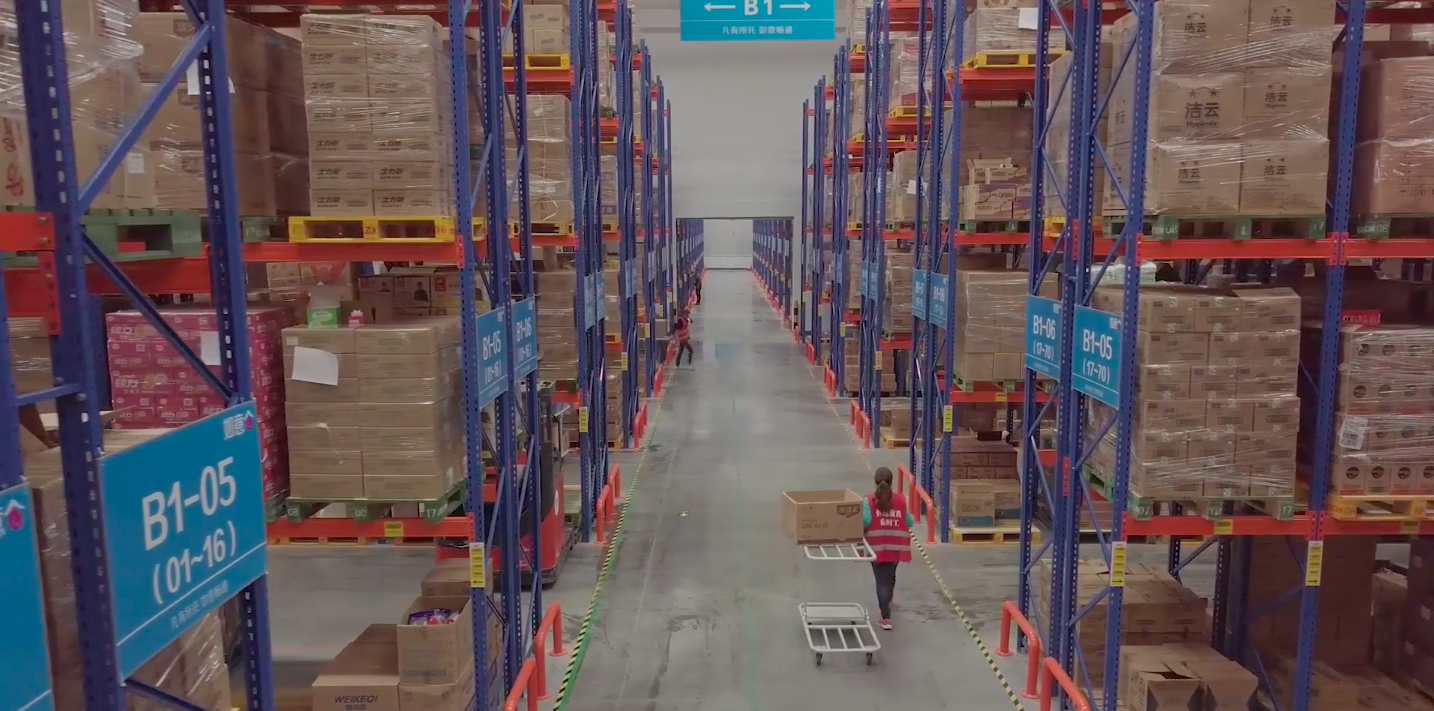
Swiss food group Nestle has teamed up with Alibaba’s Cainiao Network to streamline its e-commerce supply chain in China.
The two are designing a new all-in-one inventory solution that integrates Nestle’s warehouse stock across Alibaba’s platforms into an analytics-driven, shared inventory.
With real-world experiences increasingly linked to the web, forward-thinking companies across the world are looking to New Retail to seamlessly fuse the online and offline customer journeys. Starting from June last year, Nestle took a new approach to enhance consumers’ shopping experiences.
The Swiss company overhauled its China distribution strategy, making way for a more-efficient inventory management solution developed with Cainiao, dubbed “One Inventory.” In only 19 days since switching to the solution, the percentage of products offering second-day delivery jumped to more than 70 percent, up from 30 percent.
“Through combining resources across multiple channels, we hope to build a smarter, new supply chain. This will form the foundation of our New Retail efforts and provide a strong boost for our online business,” said Rebecca Wang, vice president and head of e-commerce at Nestle China, adding that she expects intelligent supply chains to become, in the future, an integral part of New Retail infrastructure.
“We were very troubled by some issues involving our Tmall Supermarket supply chain, such as low efficiency and slow shipping times…so both sides came together to develop the ‘One Inventory’ collaboration seen today. Cainiao provided a logistics perspective, while Nestle offered views from the brand side, coming from our experience in New Retail business strategies and understanding of supply chain infrastructures,” Wang added.

Nestle sells products via four different channels on Alibaba’s e-commerce platforms, including Tmall, Tmall Supermarket, Rural Taobao and Lingshoutong, an initiative to modernize China’s mom-and-pop shops.
As part of the new partnership, Nestle cut its four distributors in China down to one and moved all of its stock on the online marketplaces Tmall and Tmall Supermarket to nearly a dozen Cainiao warehouses across China. These goods are ready for immediate shipment to consumers. Ultimately, the goal is to integrate offline channels, Rural Taobao and Linshoutong, into a single, streamlined platform as well.
Leveraging consumer and sales statistics from the half-billion daily active users visiting Alibaba’s platforms, Cainiao consults Nestle on smart stock allocation, suggesting in which warehouse it place products that will most-likely be purchased by nearby consumers. Cainiao also offers Nestle real-time supply-shortage alerts and inventory forecasts, say, when a channel’s stock may need replenishment as a promotional campaign approaches.
By the time Alibaba’s 11.11 Global Shopping Festival rolled around last year, Nestle said it expects to save an estimated RMB 10 million ($1.57 million) in annual supply chain costs.
“This is not a small number when it comes to cost reduction,” said Wang.
“We used to often see one warehouse sell out completely, while [a warehouse in] another region had excess inventory,” said Yura Zou, Nestle’s head of e-commerce supply chain. “Each channel had its own inventory we had to manage separately. Integrating these different inventories meant improving agility in a replicable model that would remove a major pain point for the industry.”
Now, Zou said Nestle can make stronger predictions on whether certain products on Tmall Supermarket will sell out in an instant and immediately respond to that by transferring goods from their Tmall flagship store’s inventory, “so there won’t be any supply shortage on the consumer end,” added Zou.




